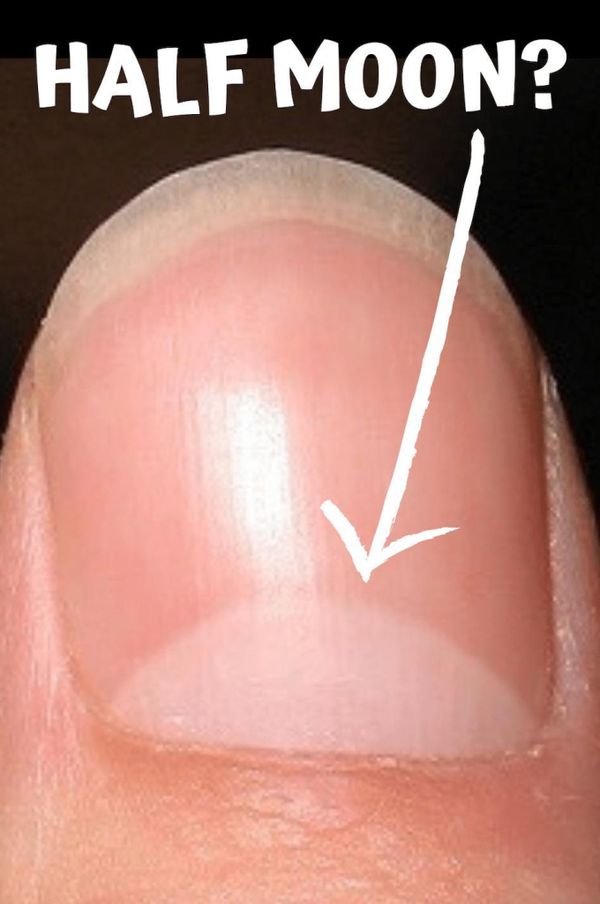
Have you ever thought about how your fingernails can provide valuable insights into your overall health? Well, it’s true! Your nails can give you important clues and act as early warning signs for potential health issues. So, let’s take a closer look at your fingernails and see what they might be trying to tell you.
Examining Your Nails: What to Look For
When observing your nails, pay attention to any changes in their appearance. Look out for:
- Breakage or chipping
- Variations in thickness
- Ridges, grooves, dips, or curves
- Changes in nail color
- The condition of the surrounding skin
Decoding Nail Colors
The color of your nails can indicate various diseases and health conditions. While healthy nails are usually pink with a pinkish-white base, discolored or lackluster nails may be a cause for concern. Here are some examples:
- Green nails: potential bacterial presence
- Red streaks in the nail bed: an indication of heart valve infection
- Blueish nails: may imply low blood oxygen
- Dull nails: could hint at a vitamin deficiency
- White nails: might be a sign of liver disorders
Pay Attention to Nail Thickness
Excessive thickness in your nails, resembling talons, might be a sign of underlying health issues such as lung or fungal infections, thyroid disease, or psoriasis. It’s also important to consider any possible allergic reactions to medications.
Breakage and Split Nails
Nails that easily split or break, peeling in layers, could indicate nutritional deficiencies or psoriasis. Split nails might also be a sign of chronic malnutrition. To improve the health of your nails, focus on maintaining a balanced diet and consider investigating potential links to psoriasis.
Unusual Nail Shapes
Different nail shapes can also tell you something about your health:
- Spoon-shaped nails: Soft, curved nails that hold water might be a hint at anemia, heart disease, hyperthyroidism, or liver disorders.
- Pitted nails: Dips or holes could result from trauma or indicate the need for closer health monitoring.
- Ridge lines: Thick ridge lines may be associated with lupus, iron deficiency, or inflammatory arthritis. Ideally, nails should have flat surfaces with barely noticeable lines.
- Brittle, dry nails: Dry and brittle nails may indicate fungal infections, hormonal imbalances, or thyroid issues.
- Clubbed nails: Swelling over the nail bed may indicate lung problems, IBS, AIDS, or liver disease.
The Power of Regular Nail Inspections
It’s important not to underestimate the messages your hands and fingernails convey about your health. Regularly inspecting your nails allows you to proactively safeguard your well-being. Remember to compare any changes with potential health risks listed above. By staying vigilant, you can better understand the intricate link between your fingernails and your overall health, leading to a healthier and more informed life.




